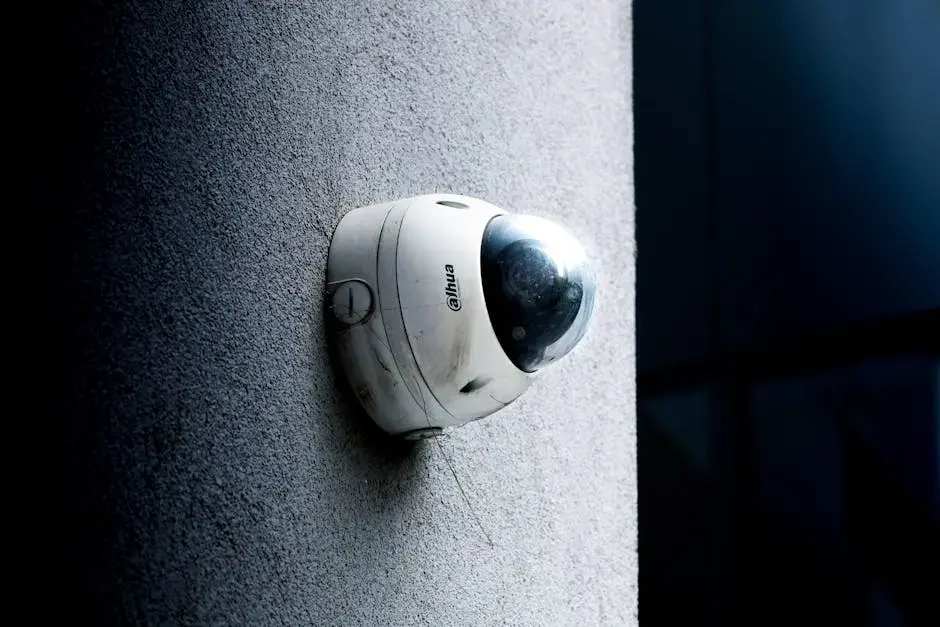The Evolution of Close Protection Units: How Modern Security Needs Are Redefining Their Roles
- VIP Close Protection
- Apr 13, 2024
- 4 min read
Introduction to Close Protection Units
Close Protection Units, often referred to as CPUs, have evolved to meet the changing security demands of modern times. These highly trained teams are tasked with ensuring the safety and security of individuals or groups at risk. Close Protection Units provide specialized protection services that go beyond what regular security personnel can offer, tailored to the specific needs of their clients. These units are highly skilled in threat assessment, risk management, and emergency response, making them a crucial component in today's security landscape.

Historical Evolution of Close Protection Units
Close Protection Units, also known as bodyguard units, have a long history dating back to ancient times. These units have evolved over the years to meet the changing security needs of society. Throughout history, close protection units have played crucial roles in safeguarding individuals of importance, such as political figures, royalty, and celebrities. Here are some key points about the historical evolution of close protection units:
Close protection units have adapted their tactics and strategies to counter new threats and challenges.
The roles of close protection units have expanded beyond physical protection to include intelligence gathering and threat assessment.
Advances in technology have revolutionized the way close protection units operate, allowing for more efficient and proactive security measures.
The history of close protection units reflects the ever-changing nature of security threats and the constant need for adaptation and innovation in the field of security.
Traditional Roles and Responsibilities
Close Protection Units traditionally served to protect high-ranking officials, VIPs, and individuals at risk from physical harm or targeted attacks. They are responsible for ensuring the safety and security of their clients by assessing potential risks, planning safe routes, and providing close surveillance. These units also employ defensive tactics to mitigate any threats that may arise. The evolution of security needs has expanded the roles of these units to encompass cyber protection, intelligence gathering, and preemptive risk assessment beyond physical security.
Modern Security Challenges
Modern security challenges continue to evolve as threats become more sophisticated and diverse. Close protection units are adapting to these changes by redefining their roles to meet the demands of today's security landscape. Some of the key challenges faced by modern security include cyber threats, terrorism, political instability, and the rise of unconventional warfare tactics. Close protection units are now required to not only provide physical protection but also to have a deep understanding of digital security and intelligence gathering. Adapting to these modern security challenges is crucial in ensuring the safety and security of individuals and organizations in a rapidly changing world.
The Transformation of Close Protection Unit Roles
Close Protection Units have evolved to adapt to modern security needs, leading to a transformation in their roles. Today, these units are not just focused on physical protection but also on intelligence gathering, risk assessment, and crisis management. The changing landscape of security threats demands a more versatile and proactive approach from these units.
Technological Advancements in Close Protection
Close protection units have adapted to technological advancements, enhancing their ability to protect their clients. Modern security needs have led to the integration of cutting-edge technology in close protection operations. Some key advancements include:
Surveillance drones: These drones provide real-time aerial surveillance, enabling close protection units to monitor surroundings and detect potential threats from above.
Biometric authentication: Utilizing fingerprint or facial recognition technology enhances security measures, allowing quick and accurate identification of authorized personnel.
GPS tracking devices: These devices ensure constant monitoring of the client's location, enabling rapid response in case of emergencies.
Communication systems: Advanced encrypted communication systems enable seamless and secure coordination between team members, ensuring effective response to any security incidents.
These technological innovations have revolutionized the way close protection units operate, making them more efficient in safeguarding their clients in today's fast-paced security landscape.
Training and Skill Requirements
Close protection units are required to undergo rigorous training to ensure they are well-prepared for their roles. The training includes physical fitness, firearms proficiency, defensive driving, and first aid. These units are expected to have strong communication skills, be adaptable to different situations, and have an acute awareness of their surroundings. Additionally, close protection officers must possess good judgment and quick decision-making abilities to effectively protect their clients.
Close Protection Units in Specialized Environments
Close Protection Units, also known as CPUs, play a crucial role in ensuring safety and security in various specialized environments. Here are a few key points to understand about Close Protection Units in specialized environments:
Close Protection Units are specially trained security teams that provide protection to individuals in high-risk or sensitive settings.
They are commonly used in scenarios such as VIP protection, high-security events, and hostile environments.
Close Protection Units undergo rigorous training to handle emergency situations, assess risks, and effectively protect their clients.
These units often work closely with intelligence agencies, law enforcement, and other security professionals to ensure comprehensive protection.
In specialized environments, Close Protection Units are essential in mitigating security threats and ensuring the safety of individuals under their care.
Case Studies of Close Protection Operations
Close protection units have been at the forefront of ensuring safety in various scenarios. Let's delve into some real-life examples to understand the effectiveness of their operations. Here are some case studies that showcase how close protection units handle security challenges:
Future Trends in Close Protection Units
As security needs evolve, close protection units are adapting to stay ahead. Here are some future trends to watch out for:
Specialization in digital security to combat cyber threats
Increased use of drones and other advanced technologies for surveillance
Emphasis on cultural intelligence and language skills for global operations
Integration of behavioral analysis techniques to assess potential risks
Collaboration with artificial intelligence to enhance threat detection and response




Comments